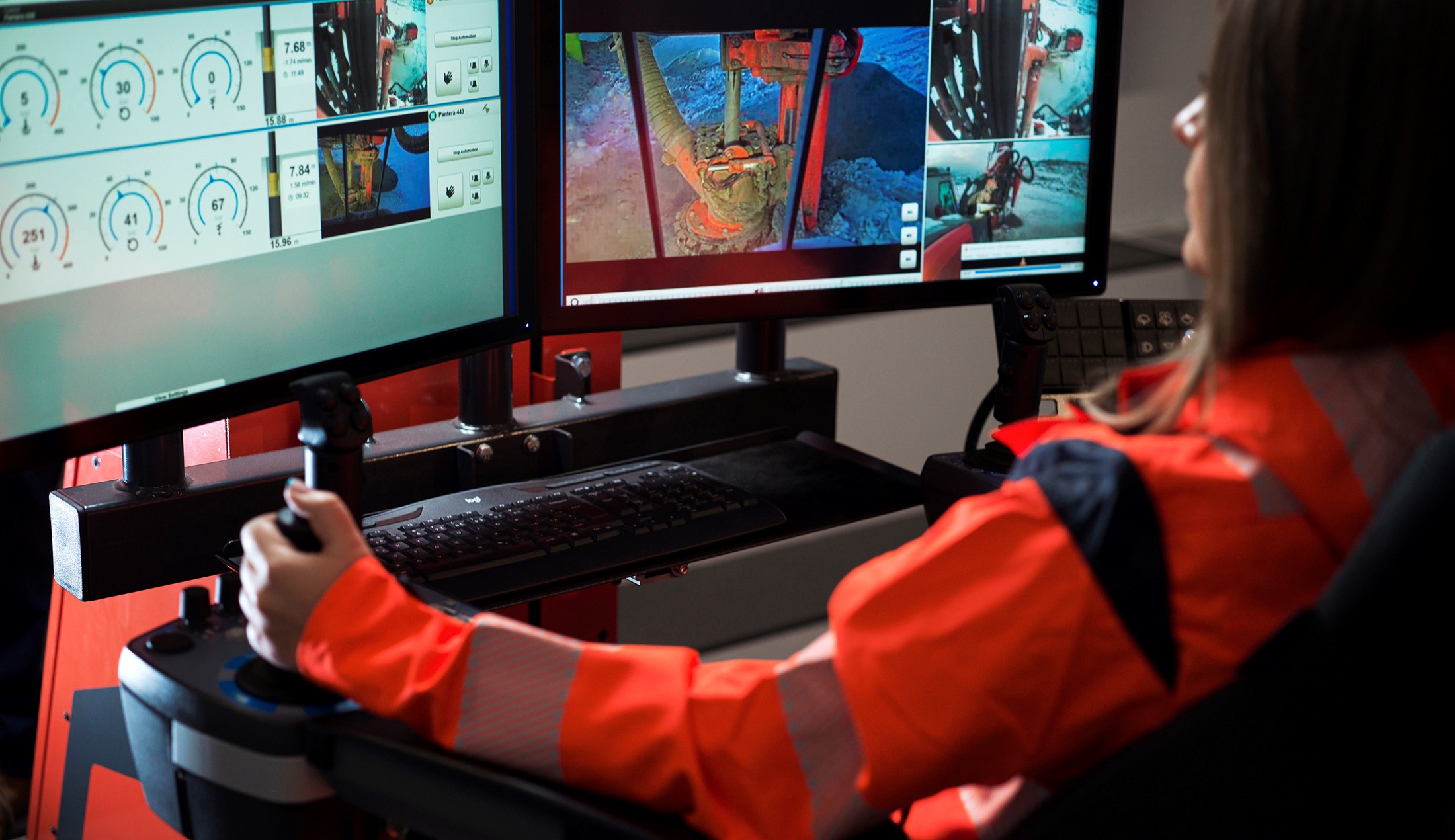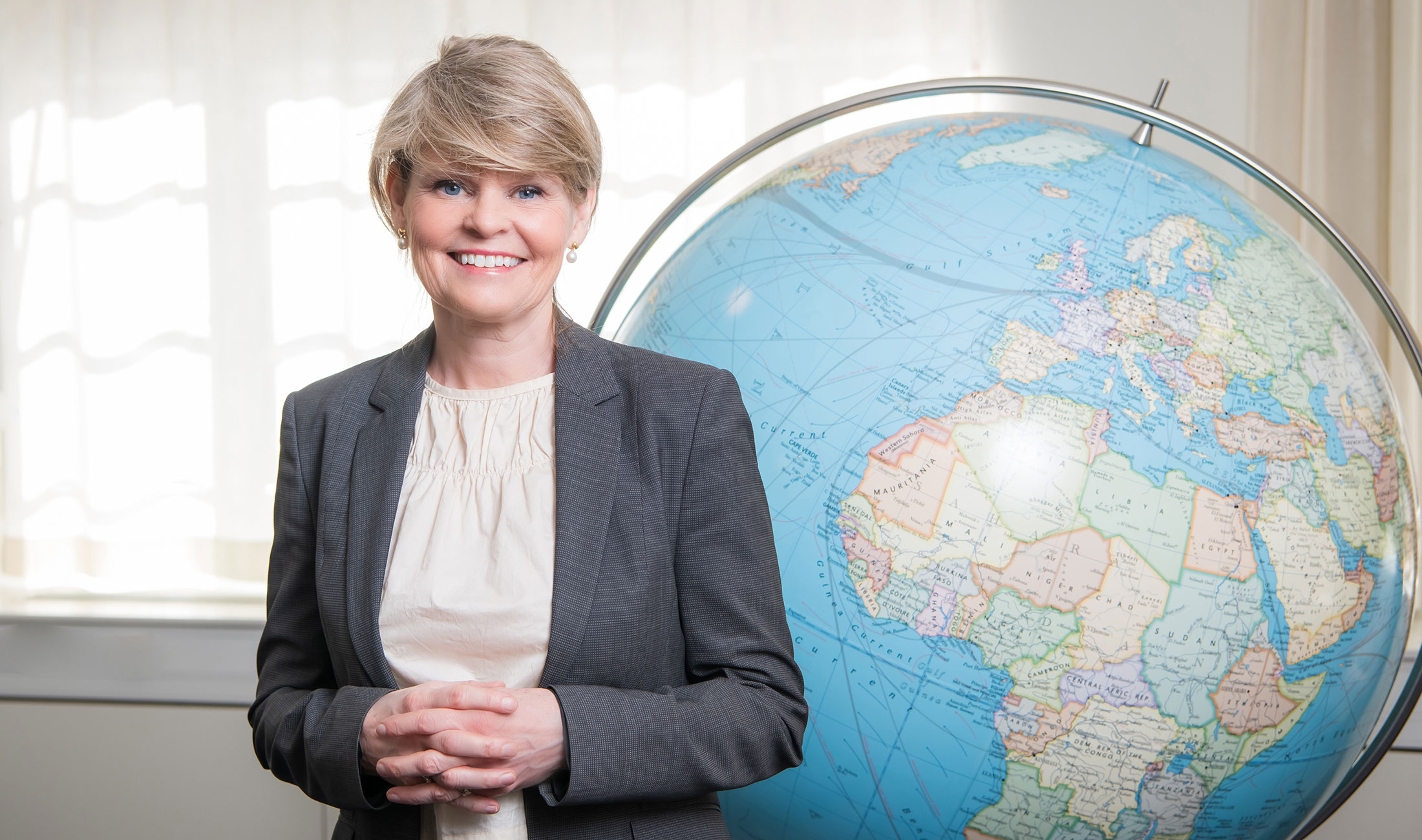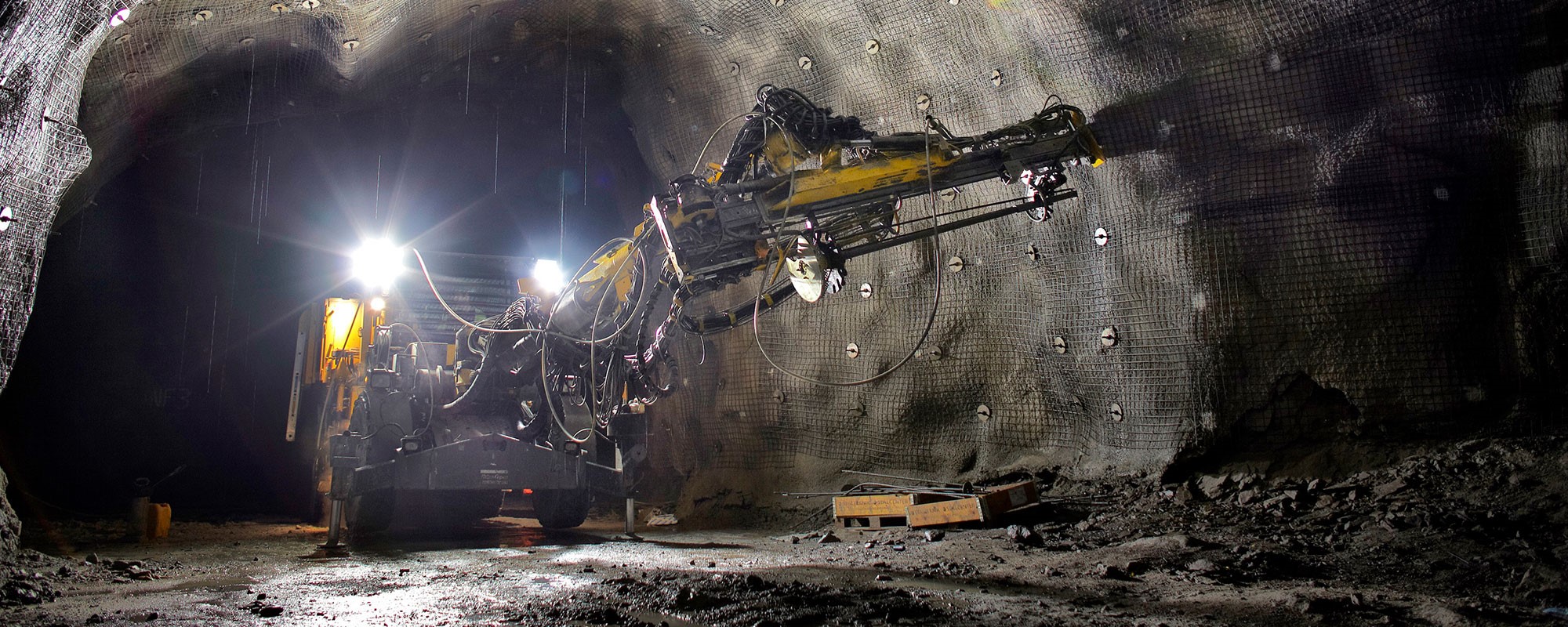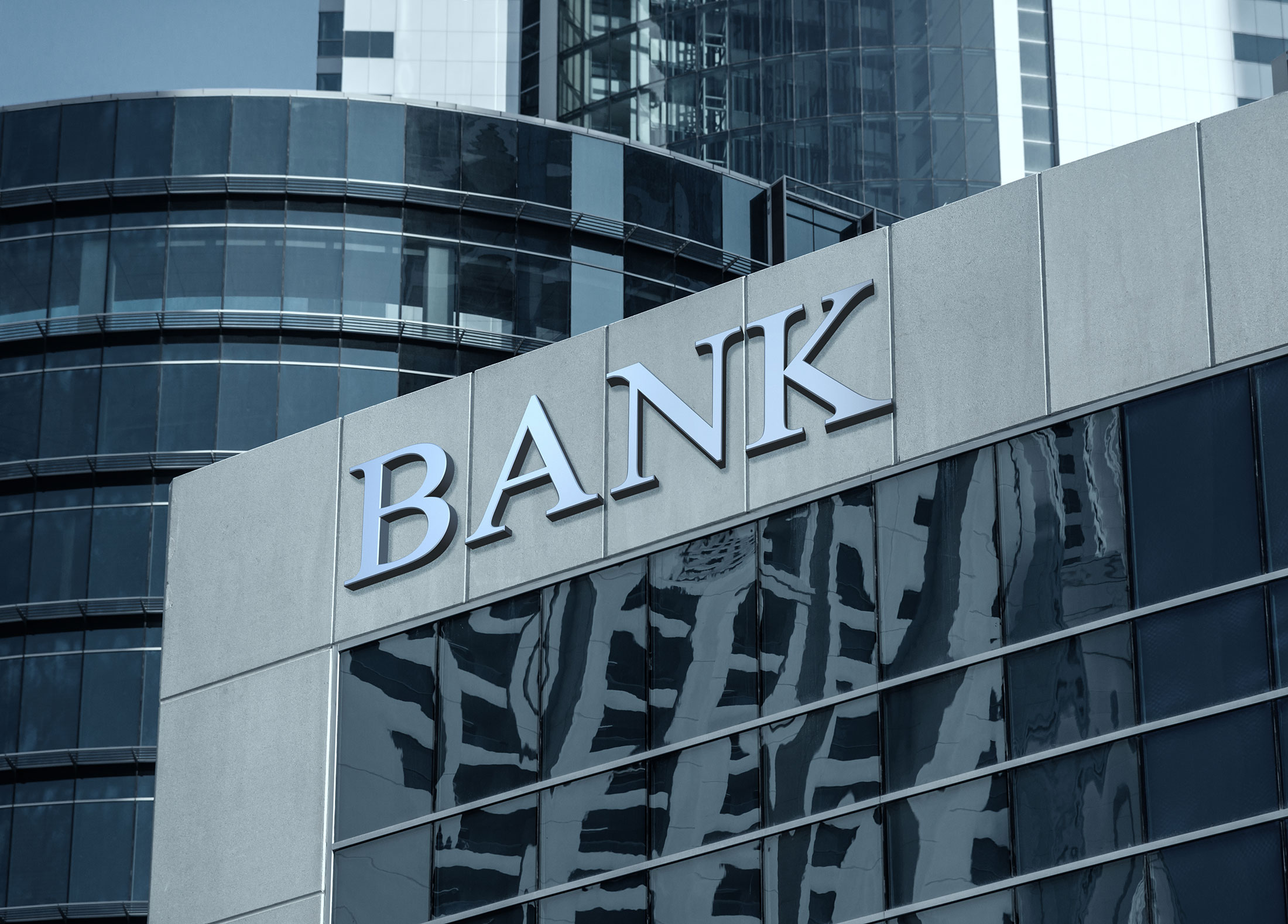
Published
- Sustainability
- Financing
Green transition requires increased mining
The clean energy shift requires more mining, traditionally seen as unsustainable. Electrification and automation help, but investor support is still crucial, experts say.
Without critical metals we will not meet the climate goals.
It sounds like a paradox, or a catch-22 situation: The transition to clean energy depends on a large increase in mining, traditionally viewed as an unsustainable activity. Electrification and automation go a long way in improving the track record, but lenders and investors need to be on board, industry sources say.
Supplies of critical minerals essential for key clean energy technologies like electric vehicles and wind turbines need to pick up sharply over the coming decades to meet the world’s climate goals, warns the International Energy Agency (IEA).
“There is a looming mismatch between the world’s strengthened climate ambitions and the availability of critical minerals that are essential to realising those ambitions,” says Fatih Birol, Executive Director of the IEA, and adds, “Left unaddressed, these potential vulnerabilities could make global progress towards a clean energy future slower and more costly – and therefore hamper international efforts to tackle climate change.”
IEA believes that reaching the net zero goal of the climate transition would require six times as much metals and minerals as is currently in circulation. Metals that are particularly crucial to the electrification of transport and for storing the energy produced by renewable sources like solar, wind and waves include cobalt, lithium, graphite, nickel and copper.
Prospecting and exploration need financing to bring new mines onstream, according to Maria Sunér, CEO at the Swedish Association of Mines, Mineral and Metal Producers. “We need to recognize that mining is necessary for the green transition to happen. Without critical metals we will not meet the climate goals, but our members testify to the difficulties that they and their customers encounter in arranging financing for projects in a sector traditionally seen as dirty.”
Still, a better reputation has to be earned and the burden of proof lies with the extractive industry. “Today there are many ways to conduct mining in a more sustainable way and minimise the harm to workers as well as the environment and local communities. Operators work hard to minimise environmental impact on biodiversity, water and land, and to create value to the local communities affected.”
70 percent of world market
Sunér points out that the drive to improve sustainability in the mining business benefits Swedish equipment suppliers, who are leading the way worldwide in developing electric, automated and digitalized equipment. “Together, Sandvik and Epiroc have 70 percent of the world market for underground mining equipment. Add to that automation suppliers like ABB and construction equipment from Volvo CE, and you see the potential for Swedish exports to help transform the mining boom into a sustainable activity.”
Last year, EKN backed SEK 3.2 billion worth of export credits to international mining projects involving Swedish suppliers of equipment and services. As part of a stringent sustainability verification process, EKN applies science-based standards in reviewing a mining project for environmental and social impact, ranging from its effects on land and water to biodiversity and the effects on local populations.
Erasing the image of mining as a dirty and hazardous activity, however, is an uphill struggle, Sunér reveals. “Many financiers can’t be bothered to even entertain the idea of funding mining operations, and therefore lack the incentive to familiarise themselves with individual projects and what today’s mines actually look like. Extractive industries are cancelled by default and green labelling is, by their definition, wholly out of reach for mines.”
A visit to a modern mine, however, reveals a setting quite unlike what faced the canary birds, pit ponies, and sooty faces of old times. People (and animals) have been removed from hazardous underground chores and run remote equipment from behind computer screens above ground.
“Swedish suppliers are at the forefront when it comes to equipment that supports sustainable mining through electrification and automation, which cuts emissions and create a safer working environment,” says Sunér and adds, “Electric equipment reduces the need for ventilation in underground mines, which saves energy and cuts the need to drill ventilation tunnels.”
To be sure, there is now way of avoiding the hole in the ground, but mining operators of today are careful in restoring closed-down mines in a way that prevents toxic emissions and other unwanted consequences.
Digital exploration
The digital technologies and space satellites used in modern surveillance and exploration greatly enhance the accuracy of geological prospecting. And new findings are necessary to meet the gargantuan appetite for some resources brought on by the green transition. The forecasted demand for certain metals far outstrips the six-fold general increase in metal demand seen by the IEA. Lithium, for example, by 42 times, cobalt 21 times, nickel 19 times and rare earth minerals seven times.
The EU recently launched the Critical Raw Materials Act to underline the need for Europe to become more self-reliant in securing strategic metals. “The Act spotlights the need of critical raw materials for the green transformation, which in turns requires an increase in sustainable mining in Europe as well as globally. We need public as well as private funding, in the form of debt as well as equity,” says Sunér. “The Act also points out that sustainability and safety are key drivers.”
Mining has been present in Sweden since Stora Kopparberg, for example, began mining for copper in 1288. It was the world’s oldest incorporated company until the merger with Enso to form Stora Enso in the 1990s. “This tradition has nurtured the development of domestic equipment manufacturers, as has our long history of cooperation between mining operators, equipment suppliers and academia. We’re not a low-cost country, but we have a tradition of innovation and local test beds in the form of domestic mines.”
Read more

- Bank
- Financing
- Guarantees
Empowering export finance for the energy transition
Lena Bertilsson on export finance and Swedish exporters enabling the energy transition. “Funding on a scale not seen in a long time”.
Empowering export finance for the energy transition
- Financing
- Guarantees
“Working with EKN was the big unlock”
Mining one of the world’s largest copper discoveries in an environment like the Democratic Republic of the Congo, requires a thorough environmental and social due diligence and a comprehensive project sustainability agenda.
“Working with EKN was the big unlock”
- Sustainability
- Financing
Setting a new standard for sustainable mining
Leveraging digital technologies, a team of Swedish suppliers have united in developing a new standard for sustainable underground mining, capable of turning an entire industry into a carbon-free, safe workplace where robots do the dirty work.
Setting a new standard for sustainable mining
EKN for buyers in Swedish export transactions
Buy from Sweden and benefit from attractive financing.
EKN for buyers in Swedish export transactions
